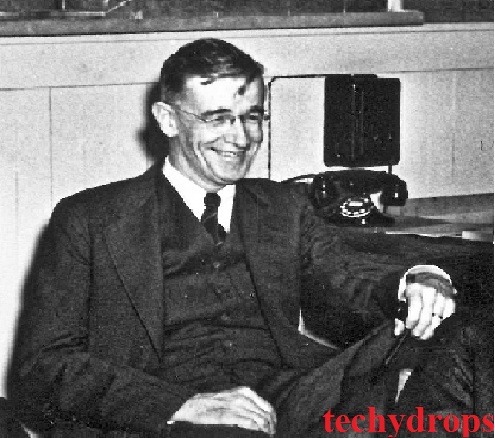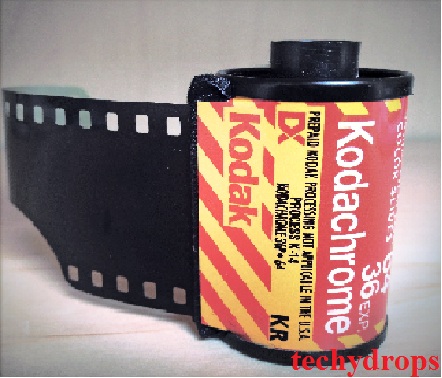June 30 – technical history

1945 – “First Draft of Report on EDVAC” Published
“First Draft of Report on EDVAC,” is published. Brian Randell notes, “It is generally accepted that the first documented discussion… of the advantages of using just one large internal memory, in which instructions as well as data could be held, was the draft report on EDVAC written by Von Neumann.” In 1944, he was appointed a consultant to the EDVAC project. The draft report contains a description of the planned machine and the reasoning behind the various design decisions.
1948 – The Transition to Transistors Begins
Originally designed to create improvements to electromechanical relays and vacuum tubes in telephone switching equipment, Bell Labs holds a press conference in New York to publicly demonstrate the first point-contact transistor. The transistor represents a significant advance in technology. As it is developed over the next few years, it will become the successor to the vacuum tube, the primary method of controlling electronic circuitry at the time. The use of transistors allows the development of the integrated circuit and microchips which kickstarted the rapid advance of electronic and computerized technology over the last 60 years. Every industry that utilizes technology, from communications to computers to space travel to video games to media owes a great deal to the development of transistor.
2000 – Silicon Microchips beneath Human Retinas
Dr. Alan chow and brother Vincent announced they successfully placed a silicon microchip beneath human retinas. The chip is smaller than the head on a pin and only microns thin. These chips also contain solar cells to help power the chip.
In what is called “Optobionics”, the ASR chip is inserted behind the retina in the “subretinal space”. This is a 2 hour procedure and the chip can last up to 8 years after (depending on care).
2015 – Apple launched Apple Music, a streaming service for $10 a month along with radio station Beats One.
If you like this post kindly comment below and do share your response. Thanks for reading.









You must be logged in to post a comment.